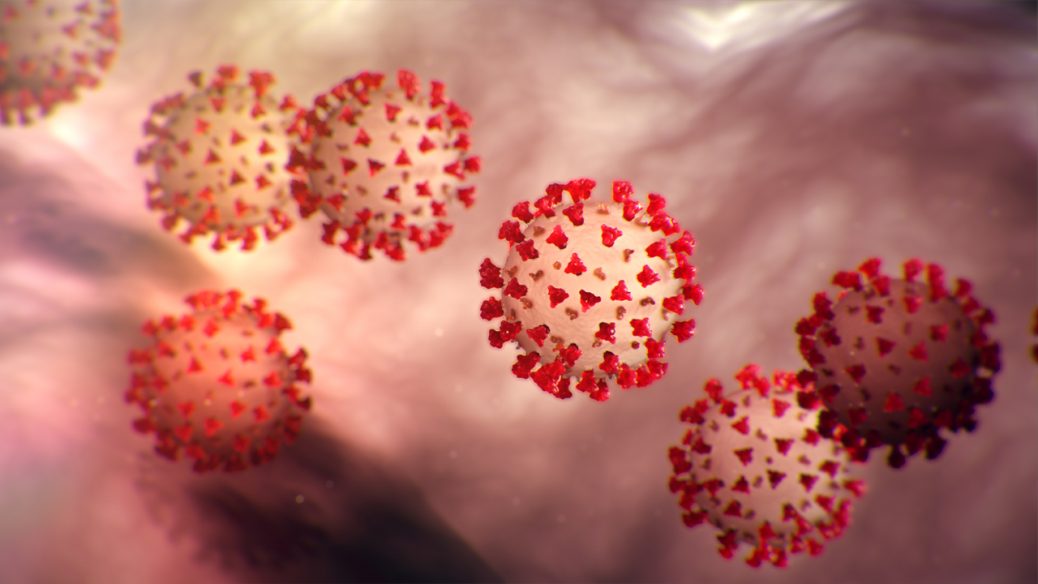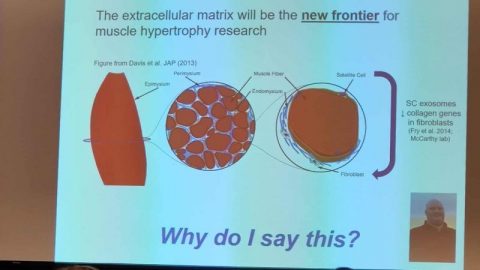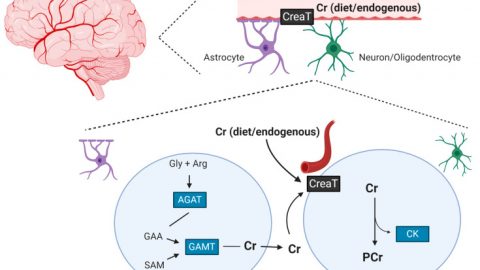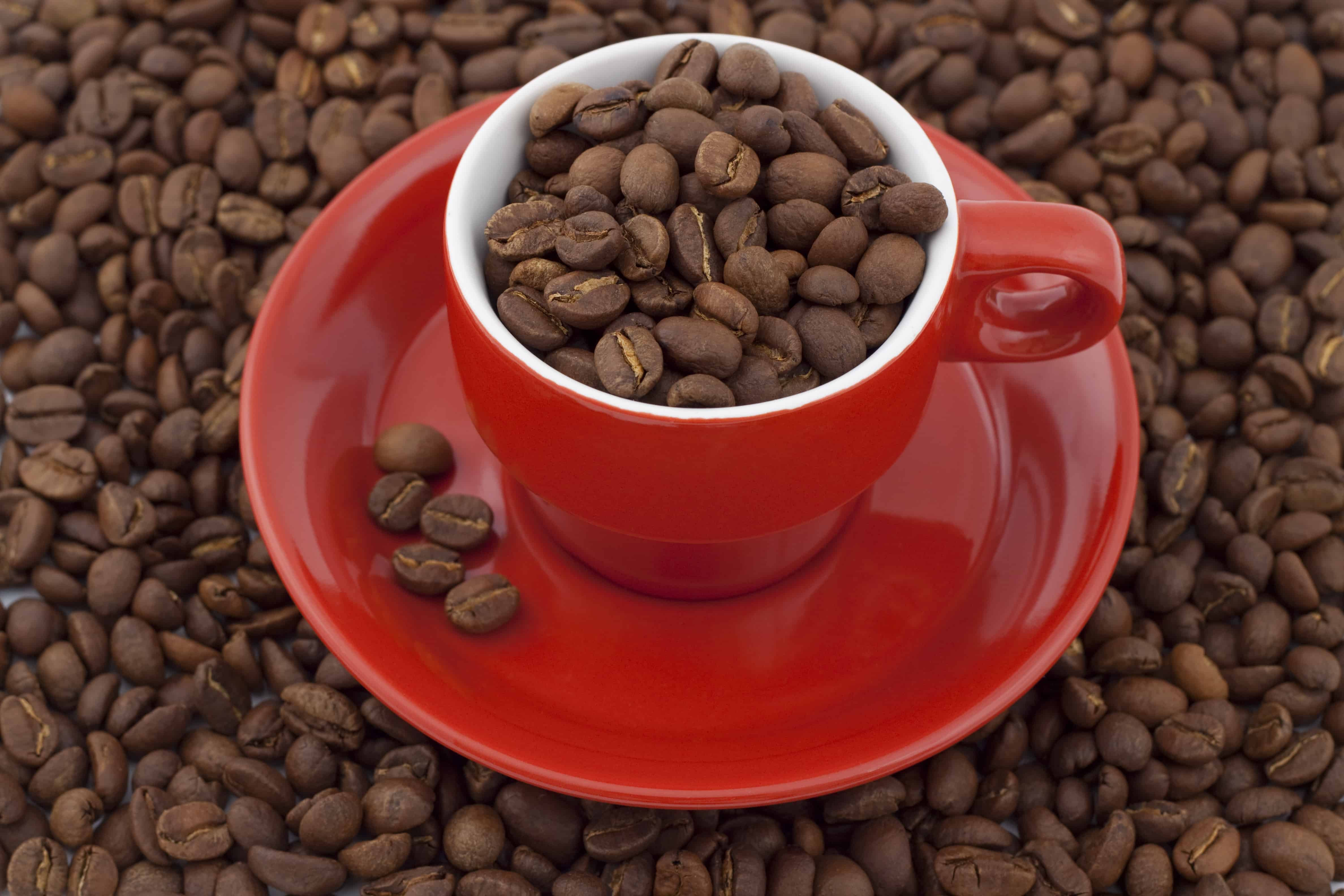I’m going to start this write up sounding like a broken record, but creatine continues to amaze me with its long list of potential benefits in general health, anti aging, mood, and more, such as traumatic brain injuries (TBI). This new paper posits a possible benefit in Post-Viral Fatigue Syndromes (PVFS), which in a post Covid world, will be especially important. Post Covid Syndrome has already been identified.
My take is this: disturbances and dysregulation in cellular energetics is well established with chronic fatigue syndrome (CFS), benign myalgic encephalomyelitis (ME), and related PVFS of known and unknown causes. Improvements in cellular energetics via creatine monohydrate (CM) also well established.
How valuable is CM specific to with CFS/ME/SEID and related PVFS still to be fully elucidated and the question that needs to be answered via clinical trials, but as CM appears to have a long list of potential benefits, is dirt cheap, and a decades of safety data, a “no brainer” to use in those with CFS/ME/SEID and related in my view. Now we have a new study that supports that conclusion.
2023 Update: Just published (1), an RCT that found just 4g per day of creatine given to a group diagnosed with Post-viral fatigue syndrome due to covid (i.e. “long covid”) found “Creatine supplementation induced a significant reduction in general fatigue after 3 months of intake compared to baseline values (p = .04), and significantly improved scores for several post-COVID-19 fatigue syndrome-related symptoms (e.g., ageusia, breathing difficulties, body aches, headache, and difficulties concentrating) at 6-month follow-up (p < .05). Taking creatine for 6 months appears to improve tissue bioenergetics and attenuate clinical features of post-COVID-19 fatigue syndrome…”
While a small study, when combined with the data on creatine as to it’s well established benefits in cellular energetics etc, I have little doubts that effect will be demonstrated in larger studies and the second paper (2) below covers the mechanisms as to how and why creatine should be of benefit to those dealing with PVFS be it from covid or other.
(1) Effects of six-month creatine supplementation on patient- and clinician-reported outcomes, and tissue creatine levels in patients with post-COVID-19 fatigue syndrome.
Abstract
Dietary creatine has been recently put forward as a possible intervention strategy to reduce post-COVID-19 fatigue syndrome yet no clinical study so far evaluated its efficacy and safety for this perplexing condition. In this parallel-group, randomized placebo-controlled double-blind trial, we analyzed the effects of 6-month creatine supplementation (4 g of creatine monohydrate per day) on various patient- and clinician-reported outcomes, and tissue creatine levels in 12 patients with post-COVID-19 fatigue syndrome. Creatine intake induced a significant increase in tissue creatine levels in vastus medialis muscle and right parietal white matter compared to the baseline values at both 3-month and 6-month follow-ups (p < .05). Two-way analysis of variance with repeated measures revealed a significant difference (treatment vs. time interaction) between interventions in tissue creatine levels (p < .05), with the creatine group was superior to placebo to augment creatine levels at vastus medialis muscle, left frontal white matter, and right parietal white matter. Creatine supplementation induced a significant reduction in general fatigue after 3 months of intake compared to baseline values (p = .04), and significantly improved scores for several post-COVID-19 fatigue syndrome-related symptoms (e.g., ageusia, breathing difficulties, body aches, headache, and difficulties concentrating) at 6-month follow-up (p < .05). Taking creatine for 6 months appears to improve tissue bioenergetics and attenuate clinical features of post-COVID-19 fatigue syndrome; additional studies are warranted to confirm our findings in various post-COVID-19 cohorts.
Full Paper HERE
(2) Diagnostic and Pharmacological Potency of Creatine in Post-Viral Fatigue Syndrome
Nutrients2021, 13(2), 503;
Abstract
Post-viral fatigue syndrome (PVFS) is a widespread chronic neurological disease with no definite etiological factor(s), no actual diagnostic test, and no approved pharmacological treatment, therapy, or cure. Among other features, PVFS could be accompanied by various irregularities in creatine metabolism, perturbing either tissue levels of creatine in the brain, the rates of phosphocreatine resynthesis in the skeletal muscle, or the concentrations of the enzyme creatine kinase in the blood.
Furthermore, supplemental creatine and related guanidino compounds appear to impact both patient- and clinician-reported outcomes in syndromes and maladies with chronic fatigue. This paper critically overviews the most common disturbances in creatine metabolism in various PVFS populations, summarizes human trials on dietary creatine and creatine analogs in the syndrome, and discusses new frontiers and open questions for using creatine in a post-COVID-19 world.
1. Introduction
Post-viral fatigue syndrome (PVFS) is a medical condition that is categorized among other disorders of the nervous system (Code: 8E49) in the eleventh revision of the International Classification of Diseases. According to the current codification system published by the World Health Organization in 2019, PVFS covers chronic fatigue syndrome (CFS) and benign myalgic encephalomyelitis (ME), puzzling conditions previously designated as individual entities, and now systematized under the PVFS umbrella. Although some CFS/ME cases are not preceded by a viral infection, all conditions share clinical features that allow for a mutual medical/scientific exploration. Mainly characterized by a prolonged severe post-exercise malaise, an impairment in various cognitive functions, non-inflammatory myalgia and joint pain, and unrefreshing sleep, PVFS has an unknown cause, no pathognomonic diagnostic criteria, and no approved medical treatment (for a detailed review see. Various viral infections have often been reported before the first appearance of PVFS, including Epstein–Barr virus, cytomegalovirus, coxsackieviruses, and coronaviruses, and the onset might be sudden or gradual. Besides viruses, many physiological and psychological factors appear to work together to predispose an individual to PVFS and to precipitate and perpetuate the illness, making this ailment even more baffling and hard to tackle. Beyond other risk factors, creatine shortfall may be one of the hallmarks of PVFS pathology, with compensating for the lack of creatine perhaps seen as an adjunct management strategy in this mysterious disease. This review paper outlines the irregularities of creatine metabolism in PVFS, summarizes studies on creatine supplementation in PVFS and similar syndromes, and discusses new frontiers of using creatine by emphasizing COVID-19 pandemics and post-COVID-19 convalescence and nutritional care.
Full Paper Cont. HERE.
Will Brink is the owner of the Brinkzone Blog. Will has over 30 years experience as a respected author, columnist and consultant, to the supplement, fitness, bodybuilding, and weight loss industry and has been extensively published. Will graduated from Harvard University with a concentration in the natural sciences, and is a consultant to major supplement, dairy, and pharmaceutical companies.
His often ground breaking articles can be found in publications such as Lets Live, Muscle Media 2000, MuscleMag International, The Life Extension Magazine, Muscle n Fitness, Inside Karate, Exercise For Men Only, Body International, Power, Oxygen, Penthouse, Women’s World and The Townsend Letter For Doctors.
He’s also been published in peer reviewed journals.
Will is the author of the popular e-books, both accompanied by private members forum access , Bodybuilding Revealed & Fat Loss Revealed.
You can also buy Will’s other books on Amazon, Apple iBook, and Barnes and Noble.









Looks like you need to add 1 more gram of CM into AJ